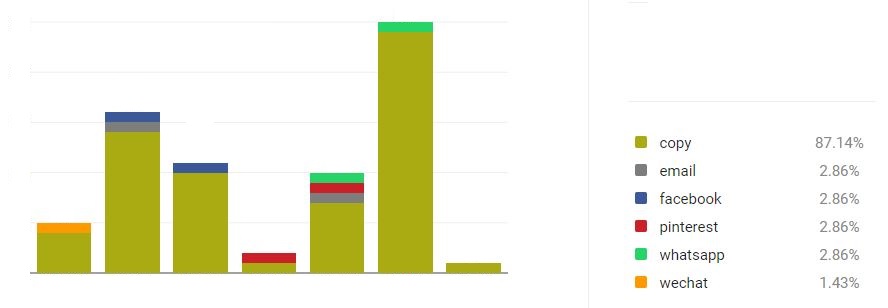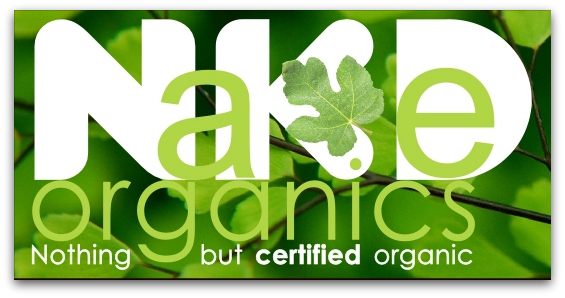|
|
www.moyoway.com |
Buy your Certified Organic |
|
|
CLICK FOR NAKED www.moyoway.com |
Moyo is an African origin word which implies that the
"heart and mind act as one to cultivate the spirit”
Bad Makeup Ingredients
>Home Page >>Makeup Ingredients List >>>Bad Makeup Ingredients
Our Bad Makeup Ingredients list will never be complete. Chemical manufacturers consistently produce more of them all the time. In addition, the dangers of these chemicals are not immediately known and take time to appear by way of symptoms and tests.
Always use this information by informing yourself and with common sense. Read other sites, research information and don't always believe mainstream medical advice and media.
Why? Here is one reason and there are many more once you start looking around.
To quickly find a word, press Ctrl F (PC) in your browser. A find box will appear on your screen. Enter your word and press Enter.
Bismuth Oxychloride
Is a synthetic compound that is harvested through a refinement process.
It undergoes more refining processes to thoroughly get rid of traces of lead, lead being one of the reasons of why there is much speculation about this compound. A purity of 98% is considered safe to use by the FDA.
This compound is very common in cosmetics and if you are sure that the purity grade is 98% or more, your makeup is considered safe to use.
Magnesium Silicate Hydroxide or Talc
Is a milled mineral, mainly from soapstone (steatite), refined and processed for safe and beneficial use in mineral based cosmetics. It is non-irritating to the skin.
It is a traditional makeup ingredient that is presently not very popular because of health concerns due to the small asbestos-like fibres they contain. Today, cosmetic-grade talc does not contain asbestos.
A few case-controlled epidemiology studies in the 1990’s reported small increases in ovarian cancer among women who used talc in the perineal (genital) area.
Since 2007, the IARC (International Agency for Research on Cancer) has, so far, said that the use of talc-based body powder is "not classifiable as to its carcinogenicity to humans"
Mineral Oil
A petroleum based product widely used in makeup. It is an effective occlusive agent that magnifies the pore-clogging potential of comedogenic ingredients by trapping them in pores.
Even when using cosmetic grade mineral oil, use caution when it is included in makeup that contains pore-clogging ingredients, especially when used on skin that is prone to pore-clogging.
This pore clogging effect makes it on the the bad makeup ingredients.
Nanomaterials - Metal Oxides
Metal-oxide nanomaterials can have an electron-transfer effect when they come into contact with human cells that contain electronically active molecules.
These oxidation-reduction reactions have the potential to generate oxygen free radicals in the body. More free radicals than what the body can neutralise can make Metal Oxide Nanomaterials (commonly used in Natural Mineral Makeup) a bad makeup ingredient.
These free radicals are highly reactive oxygen molecules that damage cells, triggering acute inflammation in the lungs of exposed humans and animals. A nanomaterial has a particle size between 1 and 100nm.
Keywords for you to learn :
- Beeswax
- Bismuth oxychloride
- Cyclomethicone
- Denatured alcohol
- Dimethicone
- Emollient ester
- Emulsifier
- Fatty alcohol
- Hypo-allergenic
- Iron oxide
- Kaolin clay
- Lanolin
- Mica
- Mineral oil
- Oxidise
- Petroleum
- Phenyl trimethicone
- Pigment
- Polymer
- Polysiloxane
- Serecite
- Silicone
- Synthetic wax
- Talc
- Titanium dioxide
- Zinc oxide
Bad Makeup Ingredients (Back to Top)
All the Ingredients for Your Natural Advantage








